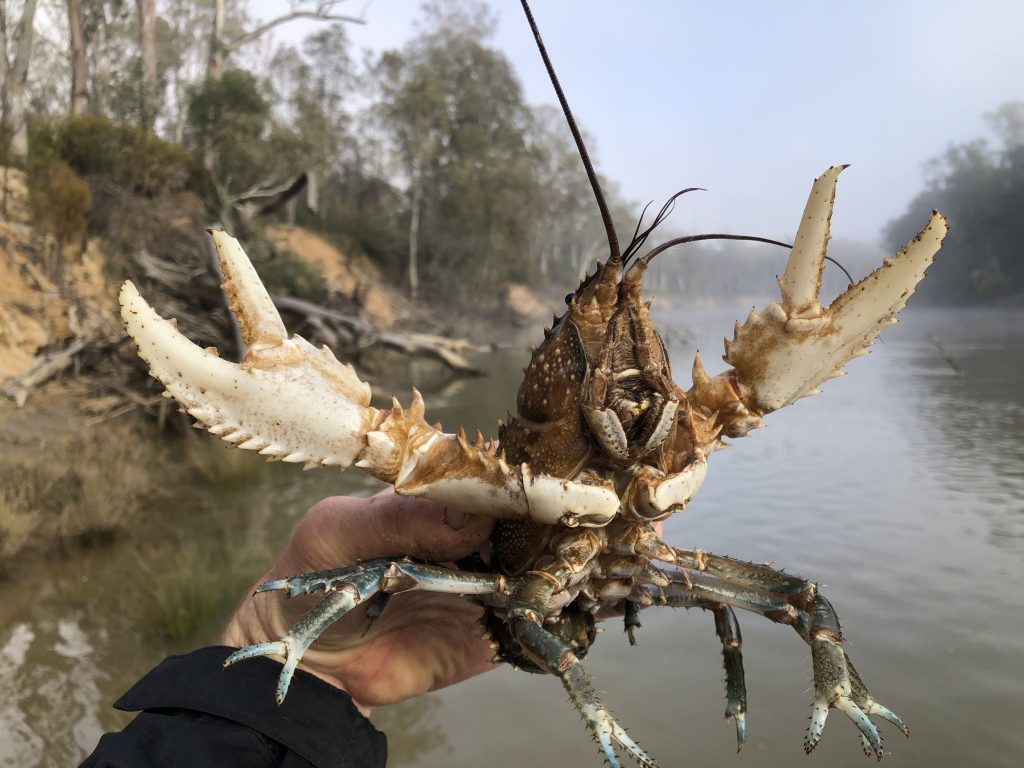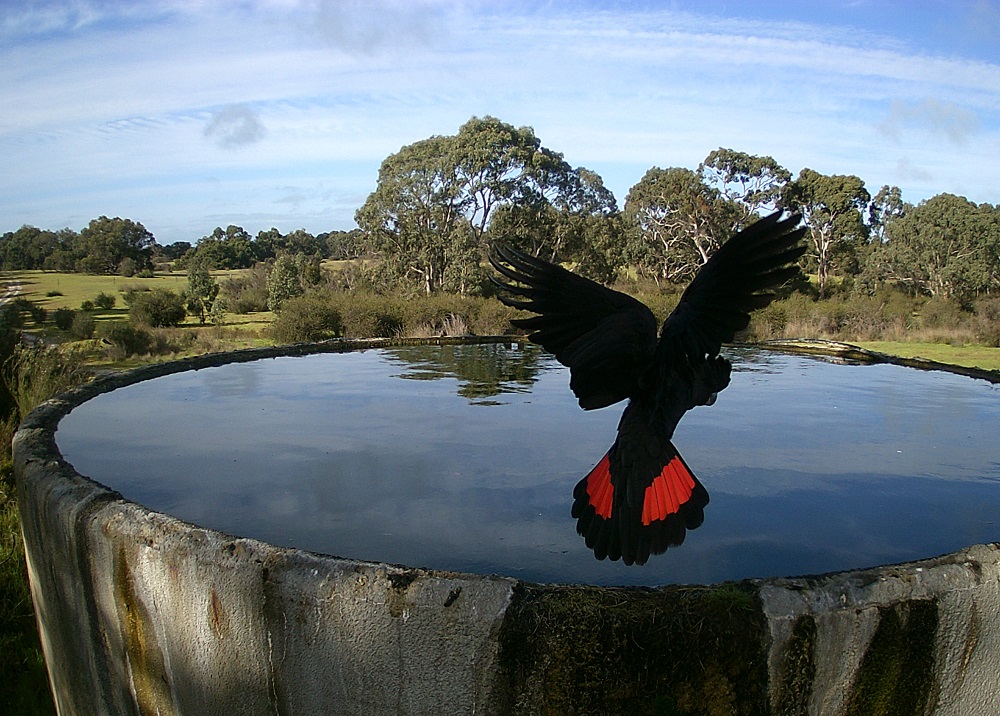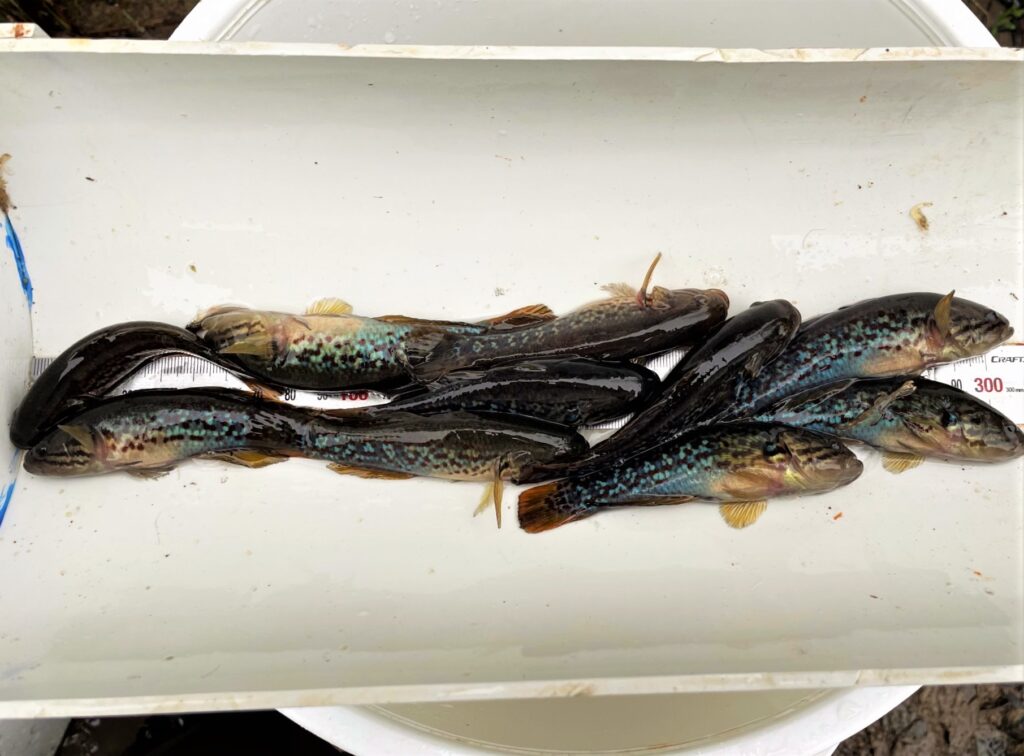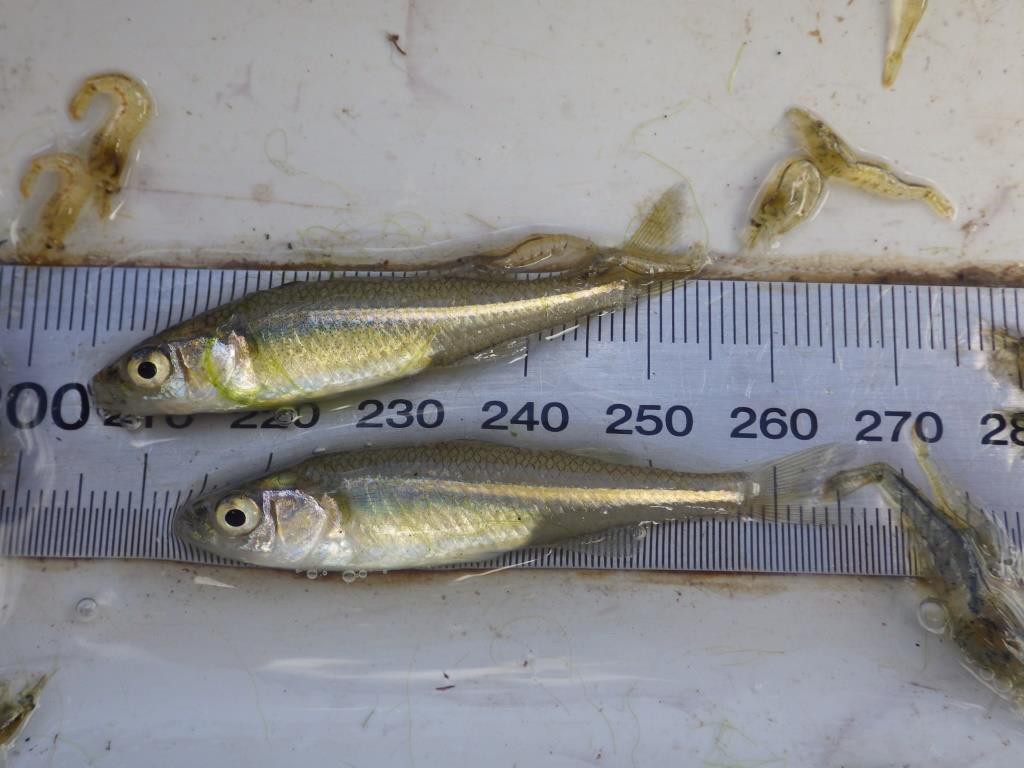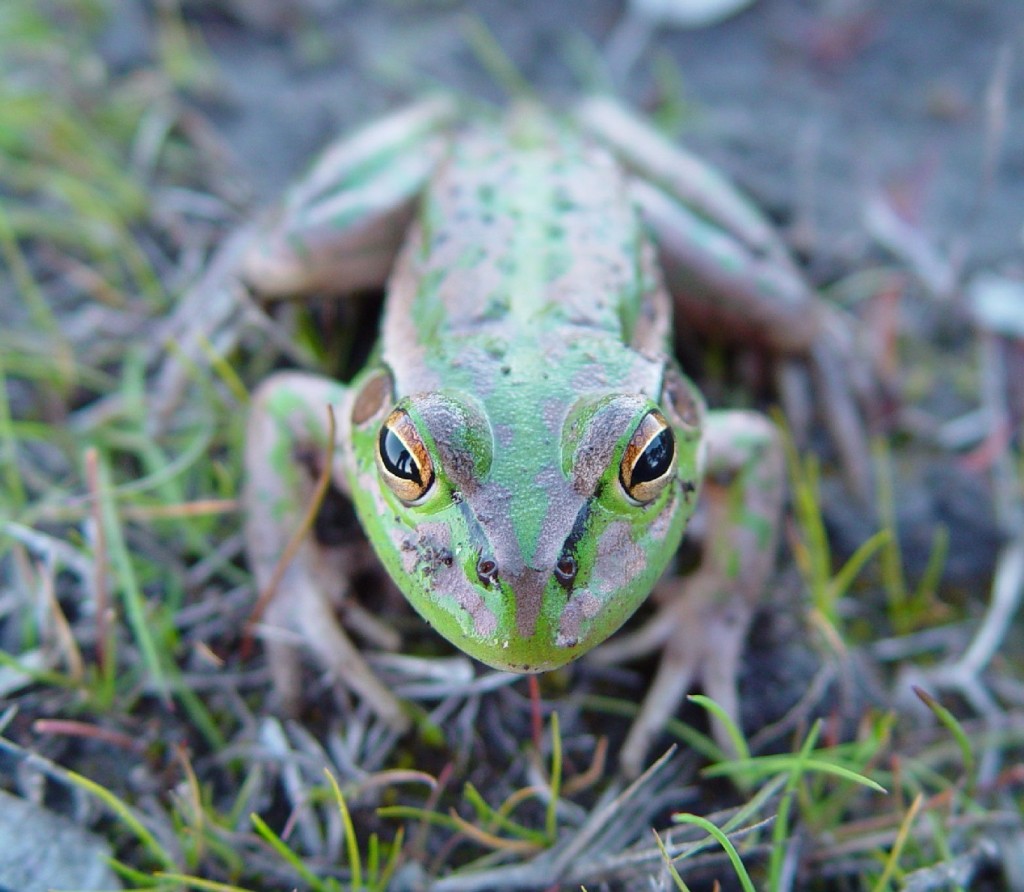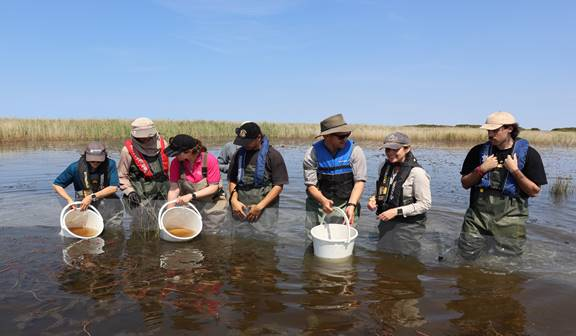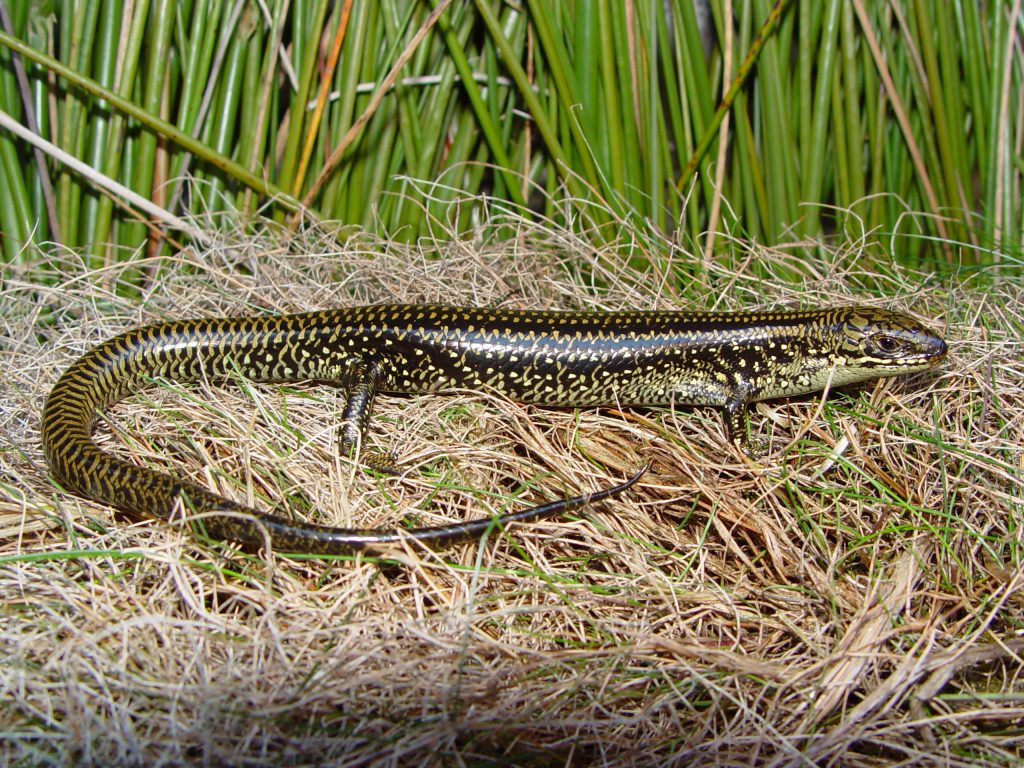Threatened Species Day: A year in review of our threatened species work
National Threatened Species Day, on the 7th of September each year, marks the day in 1936 when the last known Tasmanian Tiger (Thylacinus cynocephalus) died in captivity. Few extinction events are marked so specifically, most species slip into extinction quietly and without acknowledgment, but the Tasmanian Tiger is a fitting symbol of the day and a reminder to do everything we can to prevent other species travelling the same path.
At NGT we work across a wide diversity of species and their habitats, so this September, we thought it would be a good time to reflect on some of the threatened species projects we’ve been working on over the past year including some pretty remarkable achievements.
In Australia, species may be listed as threatened under either state legislation, the National Environment Protection and Biodiversity Conservation Act 1999 (EPBC Act), or both. Most legislation categorises threatened species as some version of either Extinct, Extinct in the wild, Critically Endangered, Endangered, or Vulnerable. Most of the species referenced below are either nationally listed or should be!
Murray Crayfish
The second largest freshwater crayfish in the world, this species is listed in every state and territory in which it occurs and is currently under assessment for EPBC listing. In July, the aquatic ecology team released 80 crayfish into the Murray River in South Australia (to join the 200 released last year). The species has been extinct in South Australia for over 40 years. What an amazing achievement, we’re keeping a close eye on them to make sure they thrive!
We’re also working with our partners to trial a ‘head-starting’ technique to hatch eggs and grow out juveniles for future releases. You can read more about the Murray Crayfish and the project here.
Red-tailed Black Cockatoos
We’ve been working with Burrandies Aboriginal Corporation to map and control pine wildlings (escapees from pine plantations) across the SA-Victoria (Green Triangle) cross-border region. Pine wildlings are listed as a key threatening process for the Red-tailed Black Cockatoo due to their ability to invade stringybark woodland feeding habitat and significantly change its ecology and fire behaviour. Read more about the project here.
Our Eaglehawk Waterhole site is also home to a regular population of the gregarious birds and we continue to manage and restore habitat at the site to maximise food sources for them.
Southern Purple-spotted Gudgeon
This little battler is a good representative of our many species of smaller native fish, which are struggling due to loss of habitat and predation by introduced fish. Originally found across South-eastern Australia, it is recognised as threatened in all states in which it occurs and Critically Endangered in South Australia and Victoria. In late 2023, the Purple-spotted Gudgeon was returned to the River Torrens/Karrawirra Pari after a 100-year absence, having been declared regionally extinct in the 1990s.
NGT, the City of Marion and Green Adelaide together with a number of schools and other partners have been working together for several years to establish and manage strong surrogate breeding populations to supply fish for reintroduction, and breeding has been so successful that future reintroductions can now be maintained. This is a great example of a species that has been brought back from the very edge of extinction.
Murray Hardyhead
The Murray Hardyhead is a very small, nationally listed Endangered species that specialises in the wetland habitats of the Murray-Darling system. Altered flows, drought and loss of floodplain-connected wetlands, not to mention invasive fish, have all contributed to the decline of this species.
We’ve been working on this species for a few years with our cross-border partners, but this year we’ve started a new project to protect the few remaining wild populations and establish backup populations in surrogate dams. Back-up populations are critical when species are found at only a few sites as the risk of extinction is high. Part of this project includes the continued coordination of the National Murray Hardyhead Recovery Working Group as well as monitoring, and securing water supply for known populations, managing backup populations and identifying translocation opportunities. The project is funded through the Australian Government’s Saving Native Species Program.
Southern Bell Frog/Growling Grass Frog
At Clayton Bay, in SA, our staff and dedicated volunteers manage a captive breeding facility for the Southern Bell Frog. The facility aims to breed frogs for return back to the lower Murray system.
Southern Bell Frogs are nationally listed as Vulnerable and the facility, which has luxurious inside and outside frog accommodation, is trialling a range of different protocols to promote breeding of the species. They are notoriously tricky to breed in captivity, but we’re hopeful that this spring, as the weather warms up, they’ll feel the urge! We also work closely with other partners across the country as we try to crack the code on breeding this large and charismatic frog. You can read more about the project here.
We also have secure wild Southern Bell Frog populations protected at some of our reserves where the species has directly benefited from our wetland restoration works. For example, we have a large, healthy, recovering populations of the species at the following NGT Reserves: Mt Burr Swamp, Walker Swamp and Green Swamp.
Orange-bellied Parrot
One of Australia’s rarest bird species, the Orange-bellied parrot traverses the Bass Straight each year to overwinter in the coastal habitats of Western Victoria and Southern SA. NGT staff work with volunteers to coordinate the OBP winter monitoring program in Western Victoria each year, supported by funding from DEECA. Great news from the SA monitoring team this year included a sighting of three birds in the Coorong, which tells us they are definitely moving through the region! Monitoring is critically important for a bird species that has pretty cryptic behaviour while on the mainland. You can read an update by Jess in the current newsletter.
Yarra Pygmy Perch
A big year for Yarra Pygmy Perch with the first releases of over 8,000 Yarra Pygmy Perch into the lower Murray system. Here they were considered to be locally extinct after the Millenium drought, when local ecologists had the foresight to rescue the last remaining fish from imminent extinction, to form the basis of the current breeding population.
In other exciting news for the species, we’ve also just secured some grant funding from the Wettenhall Environment Trust to establish a captive breeding program for the species in the Limestone Coast region, where the few remaining very small populations are at a crucial tipping point.
Threatened Plants of the Victorian Volcanic Plains
What about threatened plants you ask?… Well, together with our friends at the Glenelg Hopkins Catchment Management Authority we recently established populations of 8 threatened plant species at our Mt Vandyke site in Western Victoria. Over 800 seedlings were planted at the site where they will be safe and protected from grazing or other threats. Victorian Volcanic Plains grasslands support a large number of threatened plant species, due to their inherent floristic diversity combined with the fact that they are so heavily cleared. Another fantastic benefit of protecting and restoring habitat! We hope that these species will thrive and can be a source of seed to help establish bigger, more robust populations over time. You can read more in this month’s newsletter article on the topic.
Threatened species habitat in NGT reserves
Our reserves represent a good diversity of habitat types across our focal region and contribute to threatened species recovery and persistence in the landscape. Restoring habitat is critical in heavily cleared landscapes to maintain threatened species and to prevent more common species from following the same path. The following species are just a few of the nationally threatened species found at our reserves – Australasian Bittern, Southern Bent-wing Bats, Swamp Antechinus, Long-nosed Potoroos, Red-tailed Black Cockatoos, Southern Bell Frogs, oh and don’t forget the Swamp Skink!
We’re also actively working to restore the habitat at Mt Vandyke so we can release Potoroos, Bandicoots and the Eastern Quoll (now only found in the wild in TAS).
These are just a fraction of the threatened species that we interact with in any year, we are lucky enough to work with an enormous range of stakeholders committed to threatened species conservation and recovery; it’s not always easy or simple and many of the above achievements were years in the making.
We say a hearty thank you to all those who have worked with us on the above projects, it really does take a big team to make a big change!

